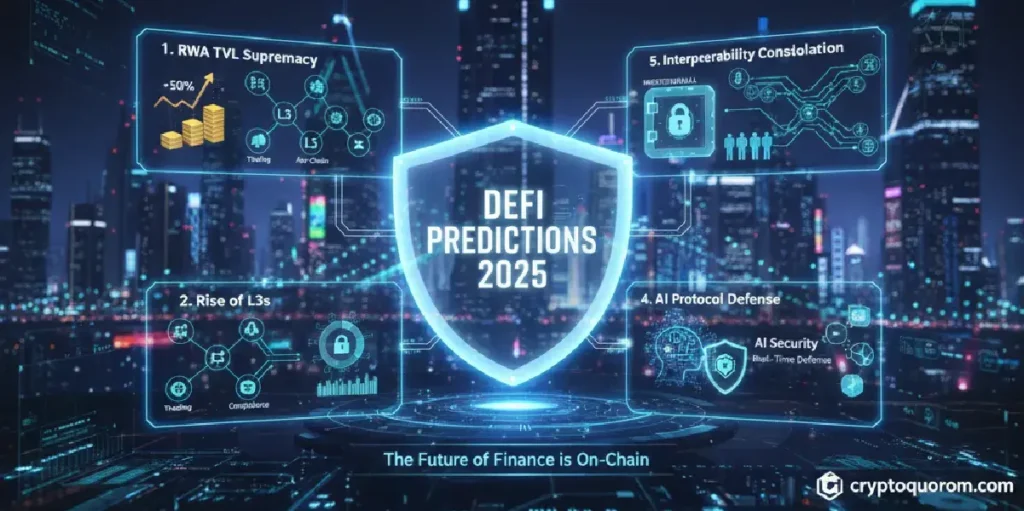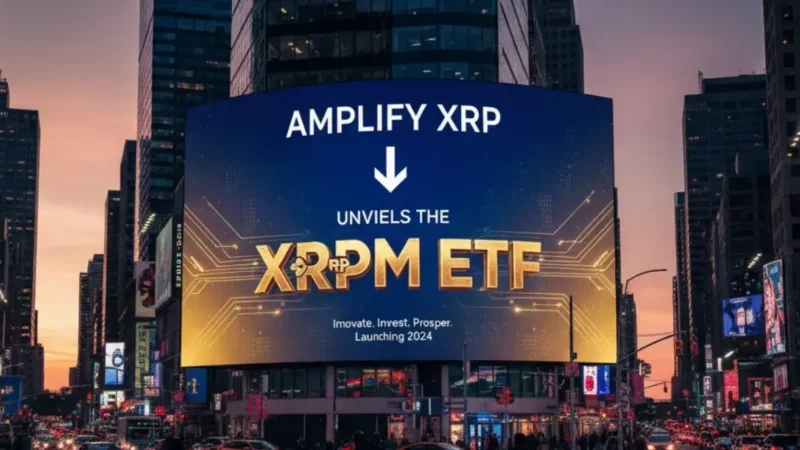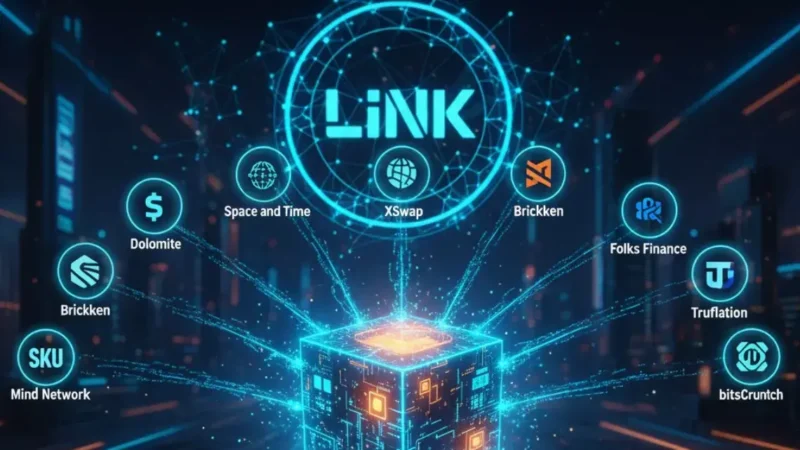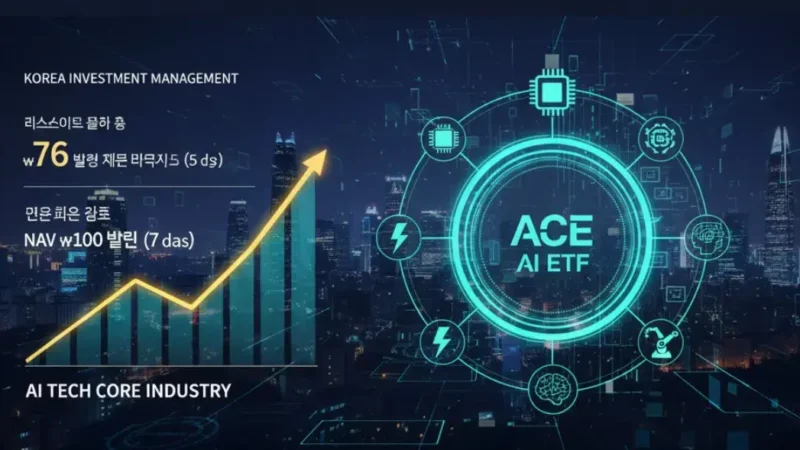The Next Leap: 5 Bold DeFi Predictions for the Next 12 Months

The decentralized finance (DeFi) landscape is perpetually defined by cycles of innovation, consolidation, and explosive growth. As we move further into the decade, the narrative has shifted from speculative yield farming to genuine institutional integration and structural maturity. The next 12 months promise to be the most transformative period yet, bridging the gap between the trillion-dollar traditional finance (TradFi) world and the transparent, efficient rails of the blockchain.
Based on current market trends, institutional movements, and technological developments, we present five bold DeFi predictions 2025 that we believe will redefine the market and trigger the next major growth cycle.
1. RWA TVL Supremacy: Tokenized Assets Will Outpace Crypto Lending
Prediction: Tokenized Real-World Assets (RWAs), excluding stablecoins, will surpass the Total Value Locked (TVL) of traditional crypto-backed lending protocols (like Aave’s and MakerDAO’s non-RWA pools) by 50%.
The RWA sector is no longer a fringe concept; it is the dominant narrative in capital markets integration. Data shows that the RWA market has already seen explosive growth, surging to over $23 billion in value (excluding stablecoins) by mid-2025. This momentum is fundamentally driven by institutions seeking reliable, uncorrelated yield.
- The Institutional Floodgate: Major players like BlackRock (with its BUIDL fund), JPMorgan, and Franklin Templeton are actively tokenizing U.S. Treasuries, money market funds, and other traditional instruments. This flow of institutional capital into on-chain RWA products is stable, massive, and directly proportional to the perceived safety and regulatory clarity of the asset.
- Private Credit Dominance: The largest RWA segment is now private credit, proving that institutions are leveraging the blockchain for real capital formation and lending, not just for storing tokenized gold or treasuries.
- Yield Convergence: As the efficiency of on-chain RWA yield (often tracking benchmark interest rates) becomes standardized, its predictable return will look highly attractive compared to the volatile yields generated by native crypto assets. This reliable nature positions RWA as a superior collateral and yield source, inevitably drawing capital away from purely speculative, crypto-native lending pools and cementing this trend for the future of DeFi.
2. The Rise of Application-Specific Chains (L3s) for Specialized Finance
Prediction: Layer 3s (L3s) and application-specific rollups will become the primary deployment battleground for complex DeFi applications, leading to the “verticalization” of DeFi and a new DeFi boom.
The current landscape is dominated by generalized Layer 2 (L2) networks like Arbitrum and Optimism, which offer high throughput for all types of applications. However, complex financial applications—such as high-frequency trading DEXs, compliant lending platforms, or derivatives protocols—require highly customized features that generalized L2s cannot fully accommodate without compromise.
Layer 3s, built on top of L2s, offer a solution: Application-Specific Customization. They allow developers to tailor the execution environment entirely, customizing everything from gas fees (using the protocol’s native token) to transaction finality rules and even built-in, on-chain compliance checks (KYC/AML).
This trend will lead to the emergence of verticalized finance:
- The Derivatives L3: A chain optimized purely for low-latency perpetual futures trading.
- The Institutional RWA L3: A permissioned, compliant chain where all wallets are whitelisted by default, enabling regulatory security for institutional trading of tokenized assets.
This shift promises to solve the scalability bottleneck for complex financial operations, driving the future of DeFi adoption among sophisticated users who demand hyper-efficiency and regulatory control.
3. The Institutional Mandate: Permissioned DeFi Captures 20% of TVL
Prediction: Regulated, permissioned DeFi pools—specifically those targeting institutional capital—will capture over 20% of the total DeFi lending market’s TVL within the next 12 months.
The integration of TradFi into DeFi requires a controlled environment. The key blocker for large banks and asset managers isn’t the technology; it’s the lack of mandated compliance. The third of our DeFi predictions 2025 is built on the fact that infrastructure for institutional access is now maturing.
- Platform Maturation: Protocols like Aave Labs’ Horizon and the expansion of platforms like Pendle Finance to include permissioned access demonstrate a commitment to serving institutional needs. These pools offer the transparency and efficiency of DeFi while operating under strict controls, ensuring that only KYC-compliant entities can participate.
- The Yield Hunt: With interest rates fluctuating and the need for new, secure yield sources, institutional treasuries will increasingly look to collateralize tokenized assets (RWAs) in these permissioned DeFi pools. This provides transparent, real-time yield generation that is far more efficient than traditional mechanisms.
- Regulatory Validation: The increasing clarity in jurisdictions like the EU (MiCA) and ongoing dialogue with U.S. regulators are slowly giving major institutions the “green light.” Once regulatory hurdles are confidently navigated, the sheer volume of institutional capital, which dwarfs the retail crypto market, will easily drive the TVL of these permissioned pools to the 20% mark, fundamentally shifting DeFi market trends.
4. AI-Powered Protocol Defense: Security Becomes a Yield Differentiator
Prediction: All top-tier DeFi protocols will integrate real-time, AI-driven security and oracle defense mechanisms, transforming protocol security from a necessary cost into a competitive, yield-enhancing feature.
The decentralized world has suffered billions of dollars in losses due to smart contract bugs and oracle manipulation (where external price data is corrupted to drain funds). This lack of reliable security remains a significant barrier to institutional adoption and a major risk for the future of DeFi.
- Real-Time Anomaly Detection: We will see AI/ML models integrated directly into protocol logic (or as L3 co-processors) that monitor transaction patterns, detect anomalous liquidity shifts, and enforce “circuit breakers” that automatically pause a pool or liquidation when an attack is underway. This moves security from a post-mortem auditing process to a real-time defense system.
- Oracle Verifiability: Solutions for oracle networks will evolve beyond simple median prices to incorporate verifiable computation via Zero-Knowledge (ZK) technology and Multi-Party Computation (MPC). This will make oracle manipulation prohibitively expensive and technically complex, reinforcing the integrity of the capital formation process. The integration of advanced data and verifiable computation, though “unglamorous” (as one expert noted), is the actual bottleneck that, once solved, will unlock unprecedented scale. This is one of the most critical DeFi predictions 2025.
Stay informed, read the latest crypto news in real time!
5. Interoperability Consolidation: The End of the Multi-Bridge Chaos
Prediction: Two to three “Unified Liquidity Layers” will gain a dominant 70% market share for cross-chain value transfer and messaging, effectively rendering the existing array of single-chain bridges obsolete.
The multi-chain world is currently fractured, relying on dozens of proprietary, single-asset bridges—each a potential attack vector and a liquidity siloing point. The future of DeFi cannot scale on a patchwork of insecure, fragmented solutions. Institutions, in particular, demand unified liquidity and reliable messaging.
- Unified Messaging Protocols: Technologies like Chainlink’s CCIP and LayerZero are designed to serve as generalized messaging and transfer layers, allowing assets and data to move securely and reliably across many chains. The market will rapidly converge on the few solutions that demonstrate the greatest security and deepest integrations.
- Capital Efficiency: For institutions and large liquidity providers, fragmentation is costly. They require a single, highly liquid pool accessible across every major ecosystem (Ethereum, Solana, Avalanche, etc.). The dominant interoperability protocols will facilitate this by creating omnichain fungible tokens where the asset is native to every chain it touches, rather than being “wrapped.” This consolidation is essential for the next DeFi boom because it reduces counterparty risk and unlocks deep capital efficiency across the entire Web3 space, transforming fragmented DeFi market trends into a cohesive global system.




